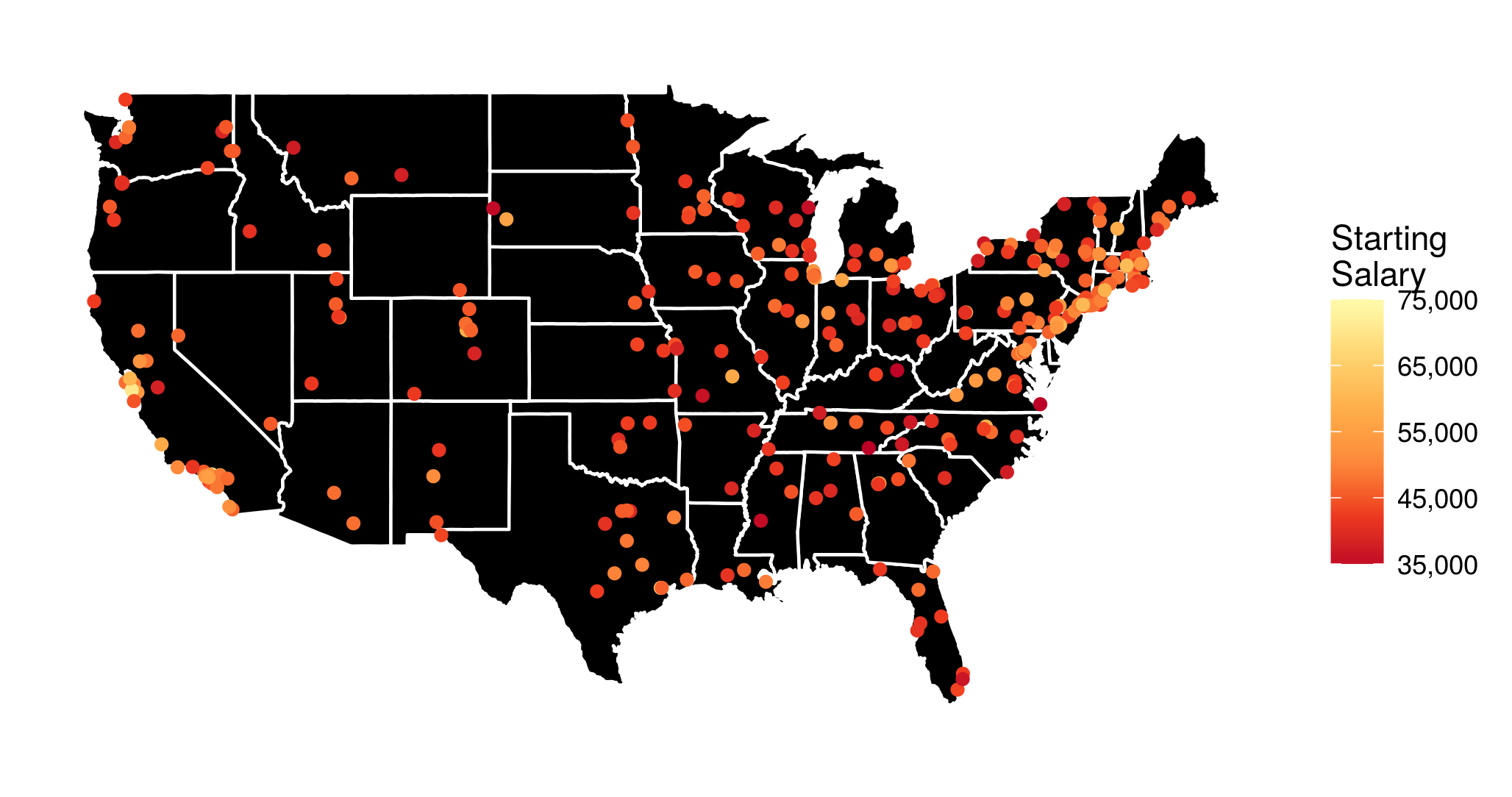-
5 ways to measure running time of R code
A reviewer asked me to report detailed running times for all (so many :scream:) performed computations in one of my papers, and so I spent a Saturday morning figuring out my favorite way to benchmark R code. This is a quick summary of the options I found to be available.
READ MORE -
The Lean PhD Student - Can The Lean Startup principles be applied to personal productivity in graduate school?
The lean startup methodology consists of a set of principles that were proposed and popularized by Eric Ries in the book The Lean Startup (and elsewhere). He believes that startup success can be engineered by following the lean startup methodology. Eric Ries defines a startup as “a human institution designed to deliver a new product or service under conditions of extreme uncertainty”. If we replace “product or service” by “research result”, that sounds awfully similar to what a PhD student has to do. Indeed, the similarities between being a junior researcher, such as a PhD student, and running a startup have been often pointed out (for example: [1], [2], [3]). In light of this, I propose that the lean startup methodology can also be applied to academic pursuits of a PhD student. Below, I adapt some of the most important lean startup concepts for application to a junior researcher’s personal productivity and academic success.1
READ MORE-
Please note that I’m writing from the point of view of mathematical, statistical, and computational sciences, rather than from the viewpoint of experimental sciences. ↩
-
-
Salaries by alma mater - an interactive visualization with R and plotly
READ MORE
-
Understanding the Tucker decomposition, and compressing tensor-valued data (with R code)
In many applications, data naturally form an n-way tensor with n > 2, rather than a “tidy” table. As mentioned in the beginning of my last blog post, a tensor is essentially a multi-dimensional array:
- a tensor of order one is a vector, which simply is a column of numbers,
- a tensor of order two is a matrix, which is basically numbers arranged in a rectangle,
- a tensor of order three looks like numbers arranged in rectangular box (or a cube, if all modes have the same dimension),
- an nth order (or n-way) tensor looks like numbers arranged in an n-hyperrectangle… you get the idea…
-
Understanding the CANDECOMP/PARAFAC Tensor Decomposition, aka CP; with R code
A tensor is essentially a multi-dimensional array:
READ MORE -
A comprehensive Linux command cheat sheet
I think that it doesn’t matter what operating system you use — as long as you know your OS of choice well!:bowtie: This is a Linux command cheat sheet covering a wide range of topics. I cannot guarantee that the information is fully up-to-date or even correct. Use at own risk :stuck_out_tongue:. It is intended primarily as a reference for myself in the future. I have learned most of the material covered below a couple of years ago in the LinuxFoundationX’s Introduction to Linux course offered through edx.org.
READ MORE -
Contours of statistical penalty functions as GIF images
Many statistical modeling problems reduce to a minimization problem of the general form:
READ MORE -
Tired of doing real math 2 - grad school and coffee consumption
Lately I notice a sharp increase in my coffee consumption (reading Howard Schultz’s Starbucks book, which is actually quite good by the way, does not help either :grimacing:). Having recently transitioned into a new PhD program I started wondering whether my increased coffee consumption has something to do with my higher stress levels in the last few weeks, and how that conjecture generalizes to the rest of my grad school experience. To answer that question I decided to take a look at how much money I have spent at coffee houses over the last few years. …Also, I’m right now over-caffeinated at 1:40am and I have nothing better to do anyway. :smile:
READ MORE -
Visualization of MRI data in R
READ MORE
-
Turn an old laptop into a home server with remote access over VPN
This weekend I have set up an old laptop with a broken screen as an Amahi server in my house, such that I can access the files stored on the server with my other computers from anywhere.1 I use OpenVPN to establish a connection to the server and its files. As an additional benefit, connecting over a VPN when on a public network secures the traffic to and from you.
READ MORE-
Initially I got the idea for a home server after an email from Dropbox informed me that my promotional 48 GB of storage space expire in a month. Instead of paying one of the numerous cloud storage providers, I decided to host an ownCloud at home (after some guides online made it sound easier than it actually is…). Unfortunately, ownCloud on an Amahi server turned out to be quite disappointing. I found ownCloud to lack some functionality and to be very inconvenient in certain ways, and it possibly poses a security risk when accessible from outside the local network. So, I eventually got rid of ownCloud, and retreated to storing my files directly on the server in file shares. ↩
-
- ← Newer Posts
- Page 2 of 5
- Older Posts →